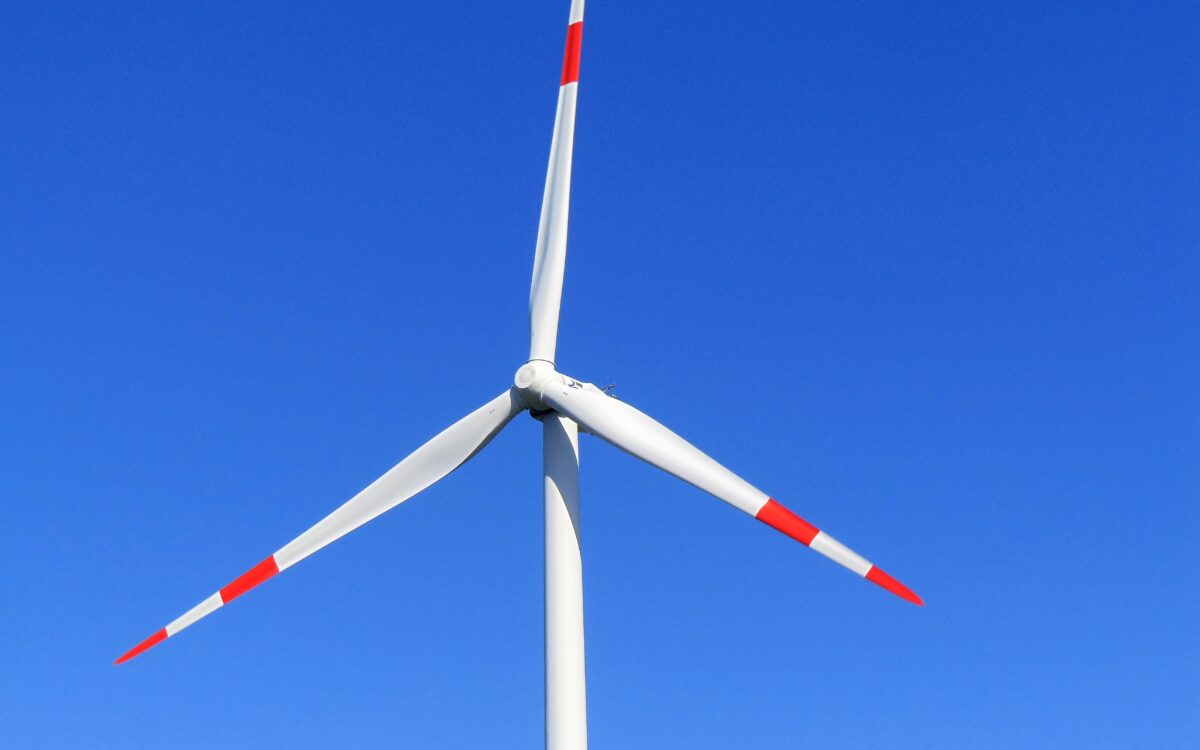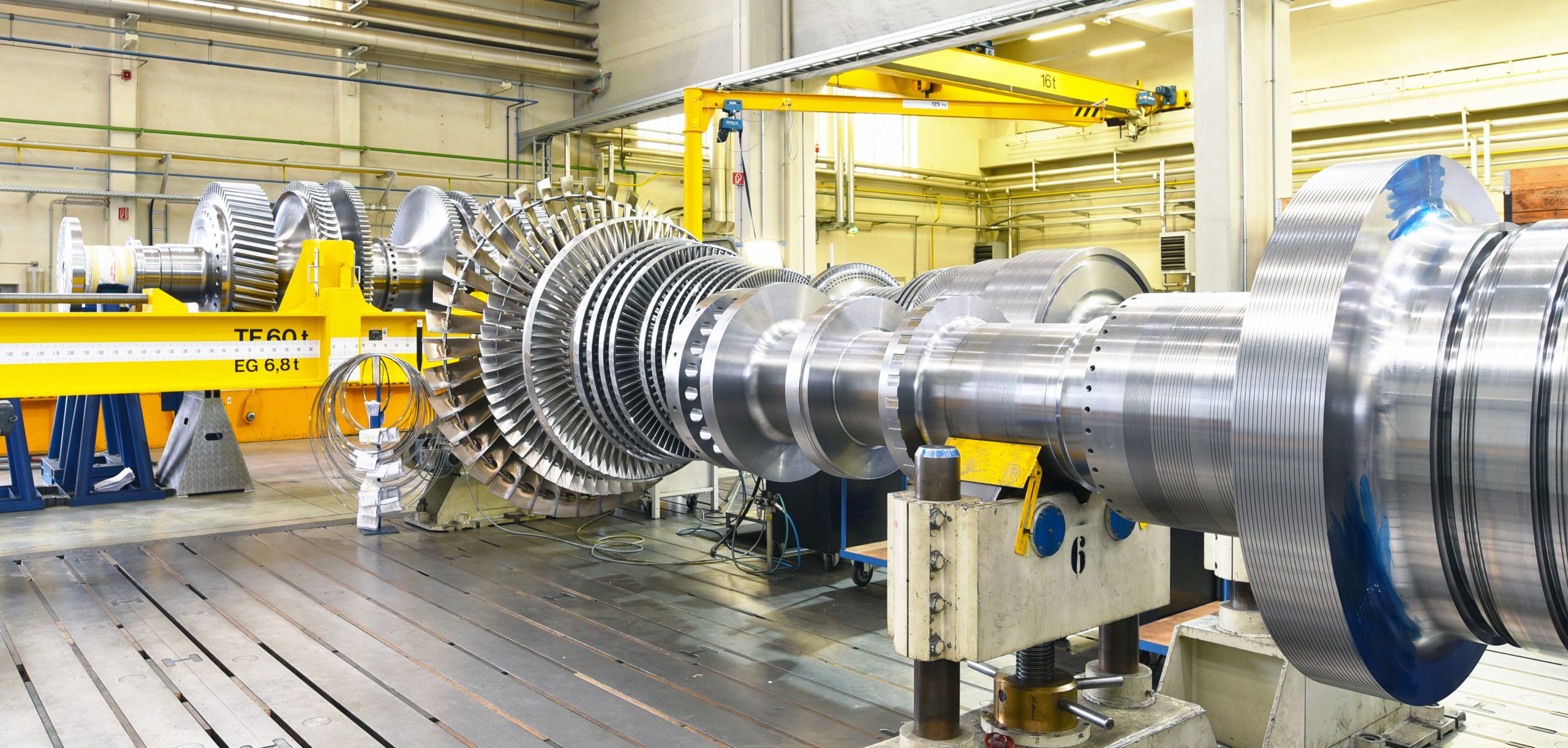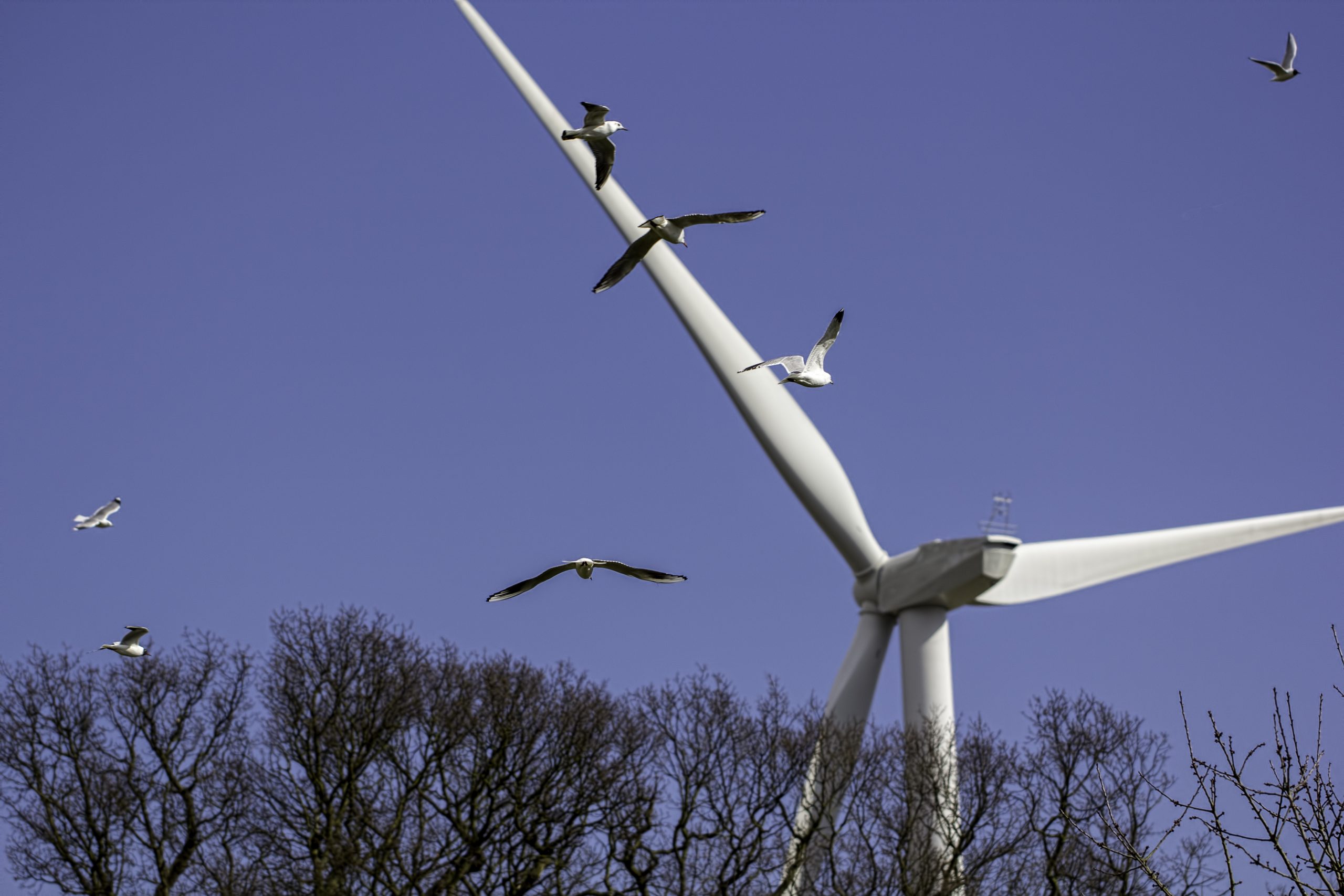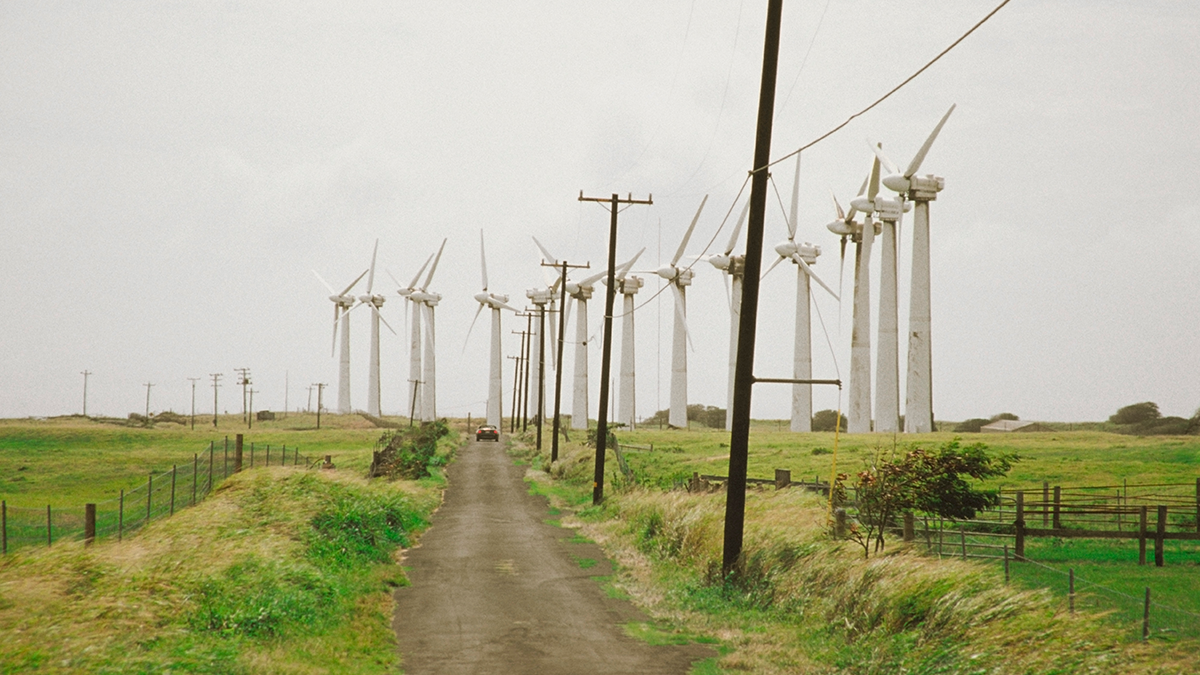Wind turbines are a crucial component in the production of clean and renewable energy. They harness the power of the wind to generate electricity that can be used to power homes, businesses, and even entire communities. But how do wind turbines actually work? In this article, we’ll take a detailed look at the different components and systems that make up a modern wind turbine, and explain how they work together to convert wind energy into electricity.
The Rotor
The most visible part of a wind turbine is the rotor, which consists of blades that capture the wind’s energy. The rotor is connected to a shaft, which spins as the blades turn. The rotation of the shaft powers a generator, which converts the mechanical energy from the spinning shaft into electrical energy.
The design of wind turbine blades has evolved over the years to be more efficient in capturing wind energy. Modern blades are typically made from lightweight materials such as fiberglass or carbon fiber and have an aerodynamic shape that helps them capture more wind energy.
The Gearbox
The gearbox is a mechanical system that sits between the rotor and the generator. Its main function is to increase the rotation speed of the rotor, so that the generator can produce more electricity.
Gearboxes in wind turbines are typically made up of multiple gears that work together to increase the rotation speed. These gears are enclosed in a housing, which helps to protect them from the elements and prolong their lifespan.
The Generator
The generator is the component of a wind turbine that actually produces electricity. It converts the mechanical energy from the spinning rotor into electrical energy that can be used to power homes and businesses.
There are several different types of generators that can be used in wind turbines, including induction generators and synchronous generators. Induction generators are the most common type used in wind turbines, as they are simple and reliable. Synchronous generators are also used in some wind turbines, and they are more efficient, but also more complex.
The Control System
The control system is an electronic system that helps to optimize the performance of the wind turbine. It monitors the wind speed and direction and adjusts the position of the rotor and blades to capture the most energy.
The control system also monitors the performance of the gearbox and generator, and makes adjustments as necessary to ensure that they are operating efficiently. Additionally, it can communicate with the power grid to control how much power the wind turbine is producing.
The Tower
The tower is the structure that supports the rotor and the other components of the wind turbine. It is typically made of steel or concrete, and can be several hundred feet tall.
The tower’s height is important, as the wind speed and power increases as the turbine gets higher from the ground. That’s why, the taller the tower, the more energy a wind turbine can produce.
Wind turbines are a complex combination of mechanical and electronic systems that work together to harness the power of the wind and convert it into electricity. From the rotor and blades that capture the wind’s energy, to the gearbox, generator, and control system that optimize the turbine’s performance, each component plays a crucial role in the overall operation of the turbine.
As technology continues to advance, we can expect to see even more efficient and powerful wind turbines in the future. With the increasing need to reduce greenhouse gas emissions and combat climate change, wind power is becoming an increasingly important source of clean and renewable energy. Understanding how wind turbines work is an important step in understanding the role they play in our energy future.
In conclusion, wind turbines are a highly efficient and effective way to harness the power of the wind and convert it into electricity. The various components and systems that make up a modern wind turbine work together to ensure that the turbine is able to capture as much wind energy as possible, while also operating safely and efficiently.
One of the key advantages of wind turbines is that they are a renewable source of energy, as they do not produce emissions or pollutants and do not rely on finite resources like fossil fuels. Additionally, wind power has a relatively low cost of energy production, making it cost-competitive with fossil fuels in many locations.
However, there are also some challenges associated with wind power. Wind is an intermittent source of energy, meaning that the amount of power produced by a wind turbine can vary depending on the wind speed and direction. Energy storage systems, such as batteries, can help to mitigate this issue by storing excess energy for use when the wind is not blowing.
Another challenge facing the wind power industry is public perception. Some people may have concerns about the visual impact of large wind turbines, or about their potential to harm wildlife. However, with advances in turbine technology and siting, such concerns are being addressed and many people are coming to see the benefits of wind power.
Overall, wind turbines are an important and increasingly viable source of clean and renewable energy. As technology continues to advance, we can expect to see even more efficient and powerful wind turbines in the future, helping to meet the world’s energy needs while also reducing our dependence on fossil fuels and combatting climate change.
As the wind energy industry continues to grow, it is important for individuals and communities to educate themselves about how wind turbines work and the benefits they offer. By understanding the technology and the role it plays in our energy future, we can make informed decisions about how to support the development and implementation of wind power in our communities.
In addition, wind turbine technology is constantly evolving, as engineers and scientists are looking for ways to make wind turbines more efficient, reliable and cost-effective. This includes developing new materials for turbine blades, designing more efficient generators and control systems, and researching new ways to store the energy generated by wind turbines.
Furthermore, the industry is also exploring new ways to harness wind energy, such as floating offshore wind turbines, vertical axis wind turbines, and wind energy storage systems. These new technologies have the potential to open up new areas for wind power development and to increase the overall capacity and reliability of wind power systems.
In summary, wind turbines are a complex and dynamic technology that plays a vital role in the global energy mix. By understanding the different components and systems that make up a modern wind turbine, as well as the challenges and opportunities that the wind energy industry faces, we can better appreciate the value and potential of wind power as a source of clean, renewable energy.




